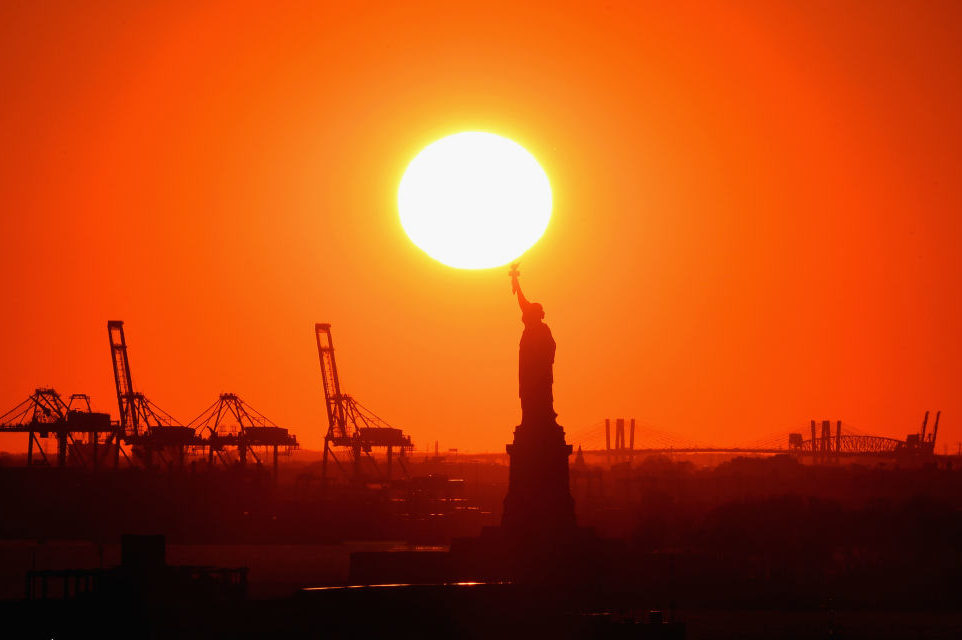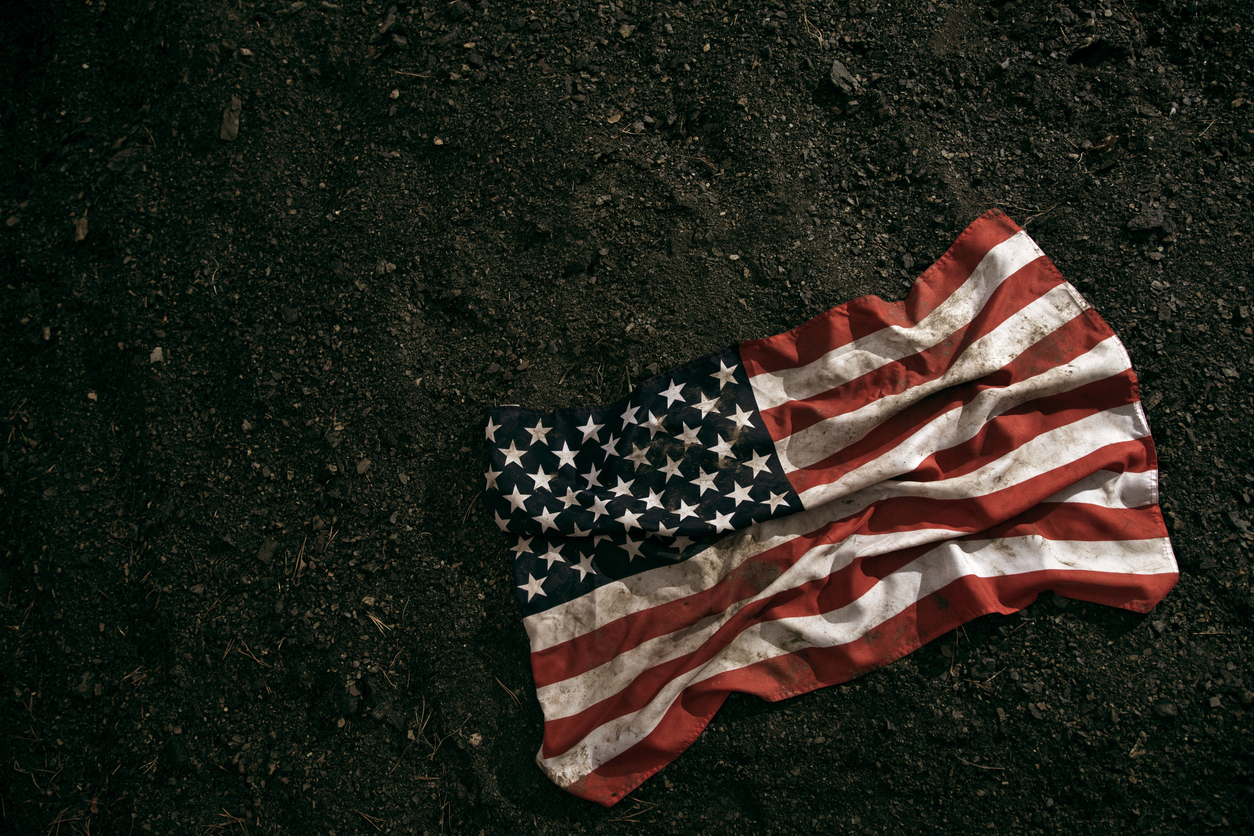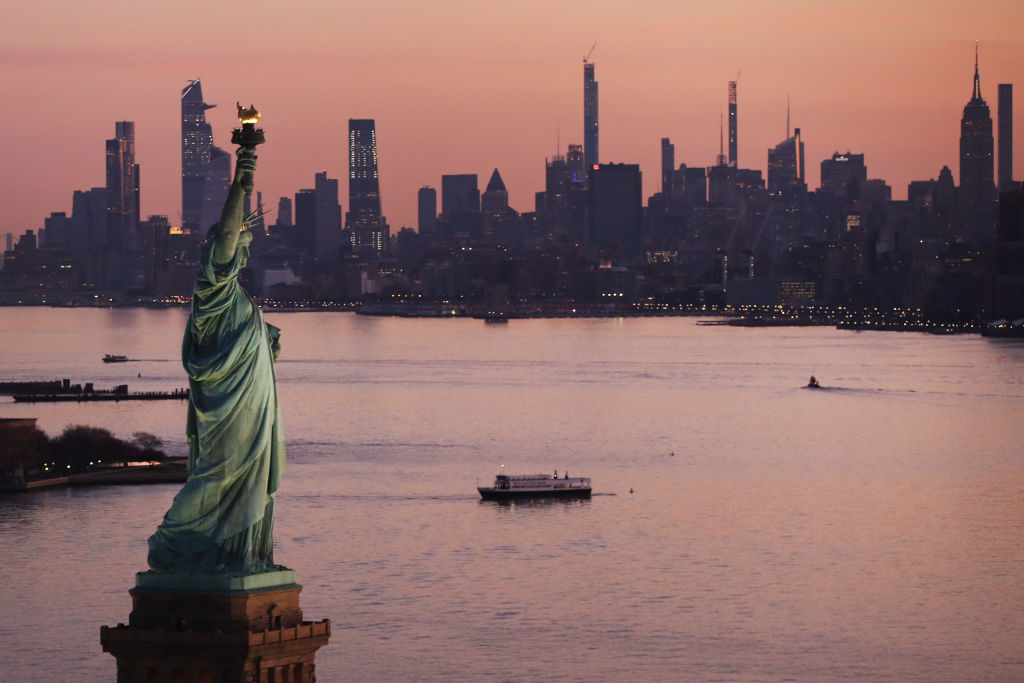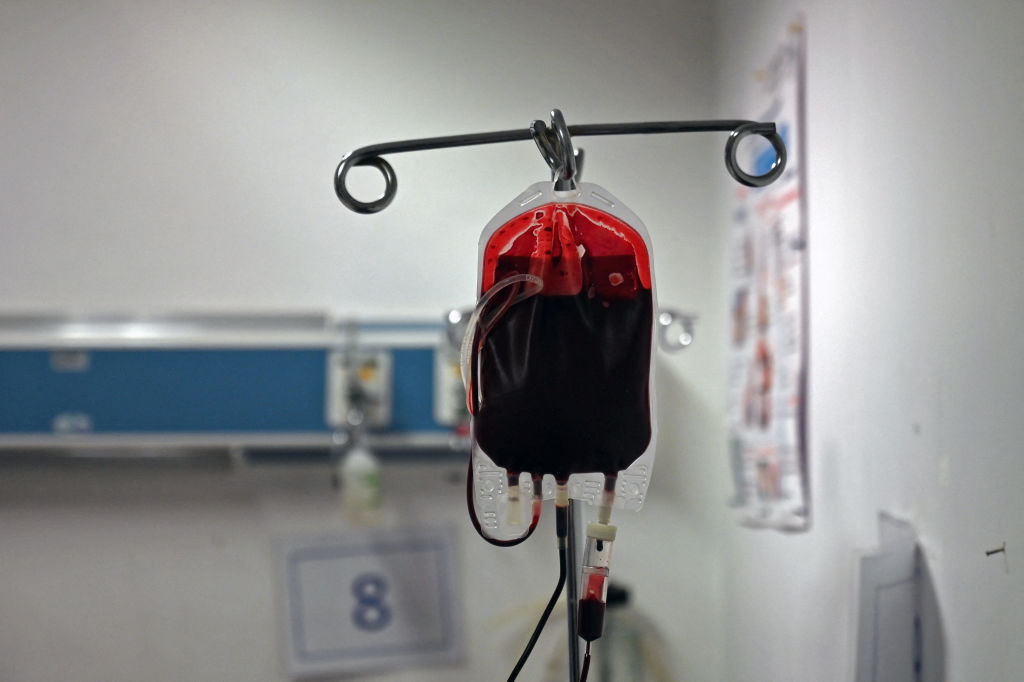Peggy Noonan, in a recent Wall Street Journal column, offers a bleak take on the pandemic’s impact on American society, or at any rate the subset that lives in New York.
New York vies with London as one of the most prodigious aggregations of talent on the planet, and has survived a previous pandemic, multiple financial crises and a terrorist assault. Noonan’s argument — and she’s far from the only one to make it — is that NYC is headed over a cliff because corporate managers have awakened to the advantages of the Zoom call.
I can understand how such dark notions arise. Given the breadth and scale of the present catastrophe, it’s not unreasonable to think the world has changed irreversibly for the worse. But I don’t think it has, at least not due to coronavirus.
Noonan’s thesis is that the pandemic has compressed into a single ghastly year trends that would otherwise have spun out over decades, and that the resultant transformation will be felt most acutely in cities. New York in particular, she writes, has seen ‘the collapse of the commuter model’.
By this she means what everyone now knows: a sizable fraction of jobs can be done just as well at home as at the office. Once the pandemic is over, the thinking goes, workers will want to continue working at the kitchen table in their pajamas, and employers, seeing an opportunity to reduce outlays on office space, will be happy to accommodate them. New York, now spookily empty, will remain underpopulated for a long time, perhaps forever.
Here’s a contention as notable for what it doesn’t say as for what it does. No claim is made that the pandemic itself will have a lasting impact, as distinct from the reorganization of work habits it has incidentally unleashed. Experts may dispute what form the economic recovery will take, but no one doubts the economy will recover.
We know this because it’s what happened after the 1918 influenza pandemic, which raged across the world until late 1919, with a lesser peak in 1920, ultimately killing at least 40 million. Then it subsided, possibly because the virus had burned through most of the susceptible population. In any case, 675,000 Americans having lost their lives, flu mortality then returned to baseline levels and normal life resumed.
Think about that. The 1918 pandemic was materially worse than the current crisis. Some accounts rank it second only to the Black Death among the great catastrophes of history. Unlike COVID-19, which mainly kills the elderly, it affected previously healthy young adults to a degree unknown before or since.
Yet for all that the effects of the 1918 pandemic were transitory. The effect on the US economy was slight. Within a few years the entire episode had been forgotten, a fact remarked on by later historians but not so strange when you think about it. The virus appeared without warning, slaughtered several times more people than died in the world war with which it coincided, then vanished with scarcely a trace. The survivors forgot about it because they could.
That won’t be the fate of the coronavirus, but in other respects the endgame will be similar. Sooner or later the incidence of COVID will drop to a manageable level and restrictions will be lifted. Not everyone will dash immediately to the mosh pits, but most will venture out eventually. It may take years for the traumatized entertainment and hospitality industries to recover, but surely they will, and in the end city life is likely to be much as it was, making allowance for some adjustment in venues and personalities.
So the ‘New York won’t ever be the same’ thesis all comes down to commuting. Here some change is inevitable; the question is how much. Few dispute the appeal of working at home sometimes — two or three days a week, say — but it’s debatable whether any substantial portion of the workforce would want to do so all the time.
I say this as one who has worked at home virtually all his adult life, as writers often do. When a deadline looms, I head up to my home office, park myself at the computer and tap away for hours. The isolation suits me; I get a lot done. It would drive the average person mad.
Even I concede the value of regular visits to a traditional workplace office, if only to catch up on the gossip and bat around a few ideas. Video calls are an imperfect substitute for these serendipitous encounters. So yes, time in the office will diminish. It won’t go away.
Still, on any given day, fewer people will be heading into New York for work. The subways will be less crowded, the lines shorter, the rents lower if hardly low. Perhaps I fail to grasp the gravity of the situation, but that doesn’t sound like a crisis to me.
It probably isn’t. Working remotely, if it takes root permanently, will upend traditional notions of commuting; it won’t necessarily mean the end of big cities. A twenty-something data analyst I know —he’s my youngest son — works remotely for a company headquartered in San Francisco. He lives in Brooklyn. Similarly, a young writer of my acquaintance works remotely for a firm in Milwaukee but lives in Chicago. For both, the driving locational decision wasn’t where they wanted to work, it was where they wanted to live — and both chose cities.
So there’s no need to fret about New York’s future. However dire matters may look at the moment, it doesn’t face a mortal crisis. The pandemic will recede soon enough. The feared collapse of the com-muter model is likely to be more of a realignment; for every New York disaster story arising from the coronavirus, there’s been an opportunity for someone else.
Does New York need to reinvent itself? Sure, but mainly in the way great cities always have — by attracting people with energy and talent, and letting them show us how it’s done.
This article was originally published in The Spectator’s April 2021 US edition.

























